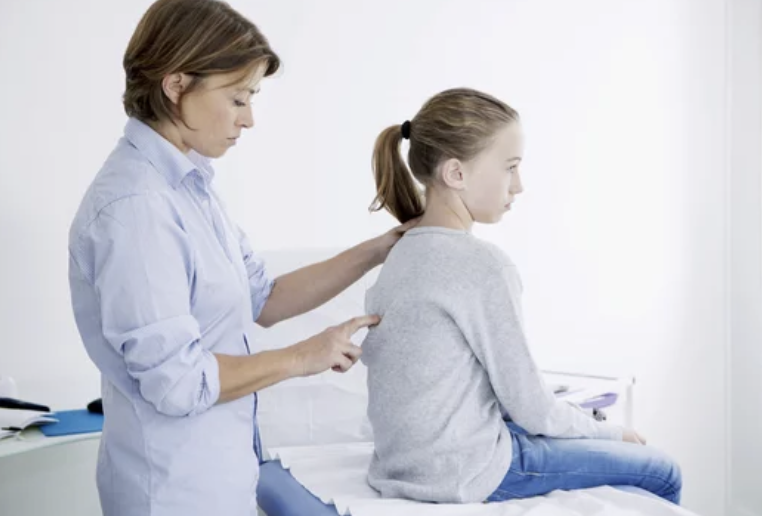Discovering that your child has scoliosis can be a daunting experience. Scoliosis, a condition characterized by an abnormal lateral curvature of the spine, often presents itself in “S” or “C” shapes. While the initial diagnosis may be concerning, it’s essential to remember that a wealth of effective treatments and management strategies exist to help individuals lead robust, fulfilling lives. This blog serves as a step-by-step guide to navigating the journey following your child’s scoliosis diagnosis, including understanding the condition, seeking expert advice, exploring treatment options, and fostering a positive outlook.
Step 1: Understand Scoliosis
The initial step post-diagnosis is to thoroughly understand scoliosis. Educate yourself about its symptoms, causes, and potential impact on your child’s health and lifestyle. Scoliosis is most common during the pre-puberty growth spurt. Delve into the types of scoliosis through trusted sources, medical literature, and educational programs.
Step 2: Seek Expert Consultation
Armed with knowledge, the next crucial move is to consult a healthcare provider specializing in spinal health. A spine specialist, orthopedic surgeon, or pediatric orthopedist can assess the severity, type of scoliosis, and recommend the best treatment approach. Diagnostic imaging such as X-rays or MRIs may be utilized to evaluate the curvature’s impact.
Step 3: Explore Treatment Options
Treatment strategies for scoliosis vary based on several factors, including age, curve severity, and overall health, typically encompassing:
- Observation: For mild curves, periodic monitoring may suffice to ensure the condition does not worsen.
- Bracing: For moderate curves, especially in growing adolescents, bracing can prevent further curvature progression.
- Surgery: In severe cases impacting quality of life, surgical intervention may correct and stabilize the spine.
Step 4: Implement Lifestyle Adjustments
Beyond medical interventions, lifestyle changes can significantly manage scoliosis:
- Exercise: Engage in activities that enhance core strength and promote good posture, such as Pilates, yoga, and swimming.
- Posture Awareness: Encourage your child to maintain correct posture to alleviate discomfort and prevent worsening of the curve.
- Ergonomic Environments: Ensure living and learning spaces are designed to support spinal health, with proper desk heights and supportive seating.
Step 5: Address Emotional Health
The emotional impact of a scoliosis diagnosis is real. Feelings of uncertainty and worry are common. Seek support through groups, forums, or professional counseling to connect with others facing similar challenges.
Conclusion: Empowering Your Child’s Path to Spine Health
A scoliosis diagnosis is the beginning of a path toward optimal spine health. By educating yourselves, engaging with healthcare specialists, understanding treatment avenues, making informed lifestyle choices, and caring for emotional well-being, you can actively support your child’s journey. Remember, each journey is unique; with the right resources and mindset, navigating this path can be done with confidence and hope.

